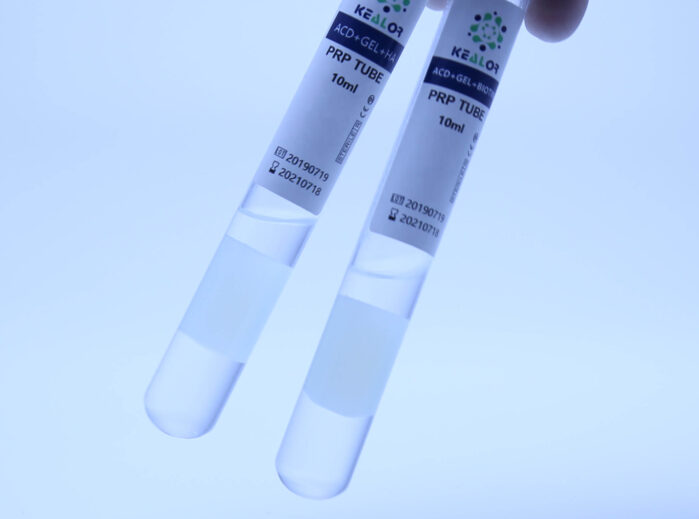Platelet-rich plasma (PRP) is a popular regenerative therapy that has gained attention for its potential to promote tissue healing and repair. It is derived from a patient’s own blood and contains a concentrated source of platelets and growth factors that can be used to stimulate tissue regeneration.
PRP can be activated using different methods, such as the addition of thrombin or calcium chloride, which leads to the release of growth factors and the formation of a fibrin clot. This clot acts as a scaffold for tissue repair, allowing for the growth of new cells and tissue.
However, it is possible to use PRP without thrombin or calcium chloride, which means that the growth factors are still present but the clotting process is not initiated. This raises the question of what will happen if PRP is used without thrombin or calcium chloride.
One potential outcome is that the PRP may not be as effective in promoting tissue healing and repair as it would be with activation. Without the formation of a fibrin clot, the growth factors may not be as concentrated at the site of injury, and the lack of a scaffold may limit the ability of new cells and tissue to grow.
Another possibility is that the PRP may not be as stable and could potentially break down more quickly. Activating PRP with thrombin or calcium chloride creates a stable fibrin clot that can hold the growth factors in place for a longer period of time, providing a sustained release of growth factors for tissue repair.
It’s important to note that there is limited research on the use of PRP without activation. While some studies have shown positive outcomes, such as improved wound healing and decreased pain, the majority of research has focused on activated PRP.
In conclusion, using PRP without thrombin or calcium chloride may limit its effectiveness in promoting tissue healing and repair. Patients should always consult with their healthcare provider to determine the best treatment options for their individual needs.








